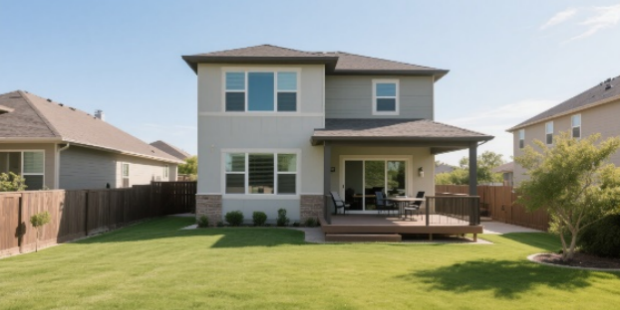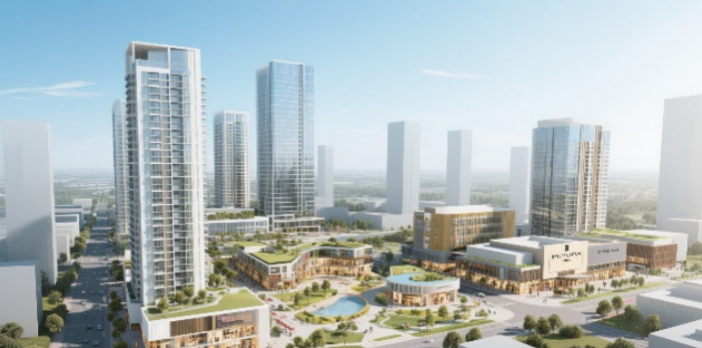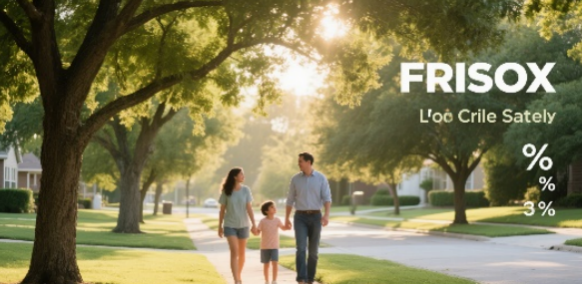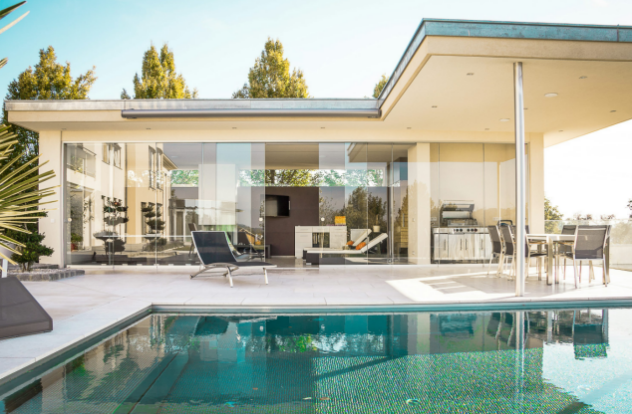
For years, Austin has been the poster child for Texas growth, attracting tech giants, young professionals, and real estate investors with its vibrant culture and booming job market. However, a notable shift is occurring in the Lone Star State's real estate landscape. Suburbs within the Dallas-Fort Worth (DFW) metroplex, particularly Frisco, are now outpacing Austin's growth, driven by a combination of affordability, strategic infrastructure, and family-centric amenities that resonate deeply with today's 20-40-year-old demographic.
Affordability: A Key Driver in a Rising Cost Environment
While Austin's median home price surged to over $500,000 in 2024, Frisco presents a more cost-effective alternative without sacrificing quality. The median value for a single-family residence in Frisco hovers at approximately $420,000, crafting a far more attainable pathway to homeownership for millennials and Gen Z—groups often grappling with student debt burdens or planning to start families.This affordability gap is even more pronounced when considering property taxes and living costs, which are approximately 15% lower in DFW suburbs compared to Austin's increasingly pricey urban core. Young professionals, especially those working remotely or in hybrid roles, now prioritize value for money, opting for spacious suburban homes with home offices and backyard spaces over cramped Austin condos.
Infrastructure and Connectivity: Redefining Suburban Living
Frisco's rise is not just about lower prices; it's about strategic urban planning. The suburb boasts state-of-the-art infrastructure, including 11 new schools opened in the last decade, a world-class healthcare network, and seamless connectivity via DFW's extensive highway system and commuter rail lines. The newly expanded Dallas North Tollway reduces commute times to downtown Dallas to under 30 minutes, while Frisco's own business district—home to corporate headquarters like Toyota and Liberty Mutual—creates local employment hubs, minimizing long-distance travel. In contrast, Austin's notorious traffic congestion and limited public transit expansion have made daily commutes a stressor, pushing families to seek suburbs where convenience and quality of life are prioritized. The presence of tech parks and innovation centers in Frisco also attracts high-skilled workers, bridging the gap between suburban living and career advancement.

Family-Centric Amenities and Lifestyle Appeal
For the 20-40-year-old demographic—many now starting families—the suburban lifestyle offered by Frisco presents a compelling package. The suburb features over 50 parks, top-rated public schools (with a 93% college readiness score), and family-oriented attractions like the Frisco Commons and the National Soccer Hall of Fame. These amenities cater to a generation that values work-life balance, outdoor activities, and community engagement. Austin, while vibrant, lacks the same density of suburban comforts, with its urban parks often crowded and school districts facing overenrollment challenges. Additionally, Frisco's low crime rate—22% below the national average—provides peace of mind for young parents, a factor increasingly influencing real estate decisions over urban excitement alone.
Economic Diversification: A Resilient Foundation for Growth
DFW's economic diversity gives its suburbs a competitive edge over Austin's tech-dependent economy. While Austin struggled with tech layoffs in 2023-2024, Frisco's economy thrives on a mix of industries: logistics, healthcare, education, and professional services. This diversification stabilizes the local job market and real estate values, making it a safer long-term investment. The recent announcement of a $5 billion mixed-use development in Frisco, including residential, commercial, and entertainment spaces, further signals investor confidence, creating a self-sustaining ecosystem that attracts both businesses and residents. Austin's reliance on tech startups, while innovative, exposes it to greater market volatility, a risk many young families are increasingly keen to avoid.

The Remote Work Revolution: Redefining Suburban Desirability
The rise of remote work has been a game-changer for DFW suburbs. No longer tied to downtown offices, young professionals can live in Frisco while working for companies based in Dallas or even nationally. This flexibility has fueled demand for suburban properties with modern amenities—home gyms, co-working spaces, and high-speed internet—features that Frisco developers have been quick to incorporate. Austin, despite its tech hub status, hasn't seen the same surge in suburban infrastructure tailored to remote workers, leaving DFW suburbs better positioned to capitalize on this new lifestyle trend.
As Austin grapples with affordability challenges and urban growing pains, DFW suburbs like Frisco are emerging as the preferred choice for a generation seeking balance: affordable housing, excellent schools, robust infrastructure, and a family-friendly environment. Their growth isn't just a real estate trend; it's a reflection of evolving priorities—where quality of life, long-term stability, and community-centric living take precedence over urban glamour. For today's 20-40-year-olds, Frisco and its DFW peers offer more than a home; they offer a future where ambition and comfort coexist seamlessly.





